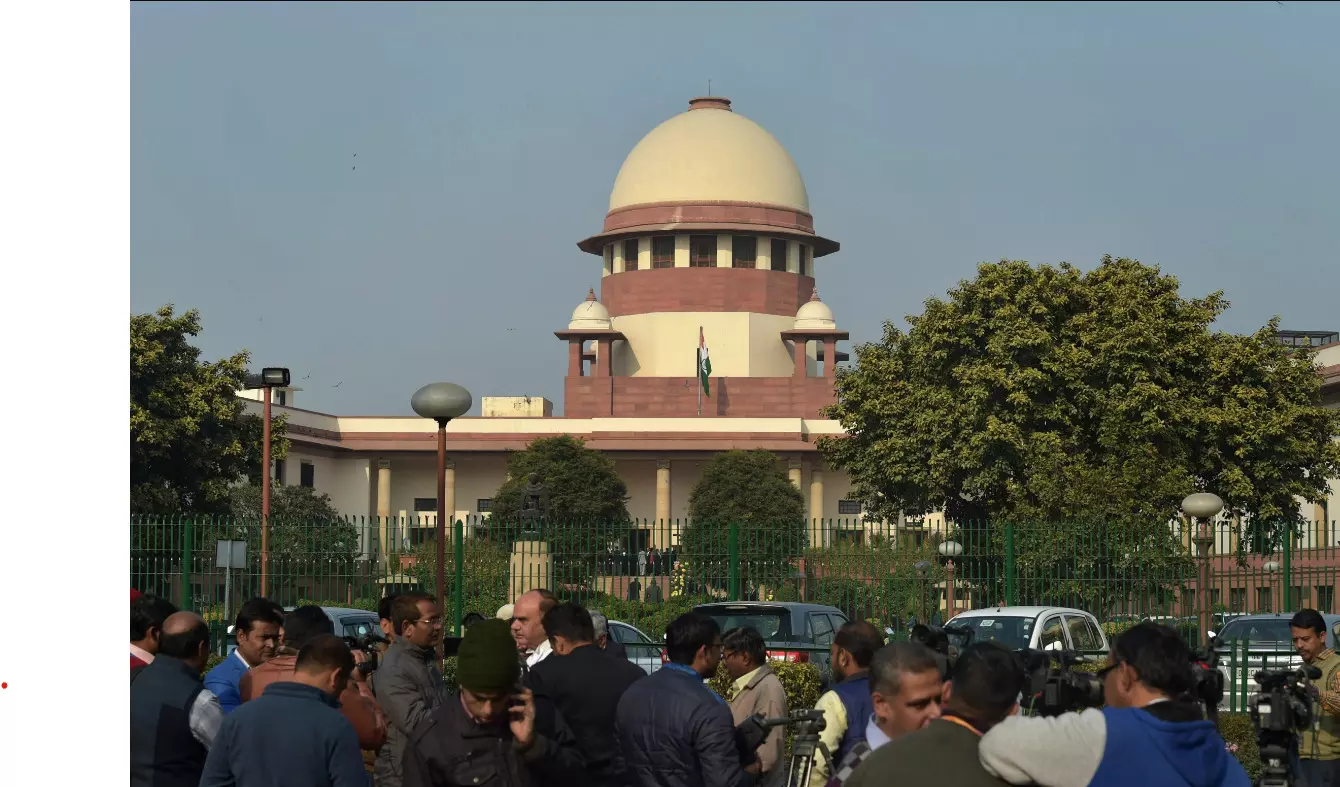Viable stratification?

A seven-judge Supreme Court bench, headed by Chief Justice of India DY Chandrachud, overturned the 2004 EV Chinnaiah verdict—allowing state governments to sub-classify quotas under Scheduled Castes and Scheduled Tribes category. It may be recalled that back in 2004, a five-judge bench of the Supreme Court, in EV Chinnaiah vs State of Andhra Pradesh, held that SCs and STs comprise homogenous groups. It barred states from further sub-classifying them to grant quota inside quota. The bench noted that such a sub-classification would be in violation of Article 14 of the Indian Constitution. It further clarified that only the Parliament, and not state legislatures, can exclude castes deemed to be SC from the Presidential List under Article 341 of the Constitution. With the latest Supreme Court judgement, much of the above stands changed.
The affirmative action under reservation, when envisaged by the Constitution makers, was meant to evolve with time, and eventually done away with. Such a progression would, of course, be subject to the extent to which the reservations have served their purpose. So, the overturning of the EV Chinnaiah verdict is not just a matter of Constitutional reinterpretation, but also of an evaluation of the tangible progress made by the SCs and STs over time. Two decades have passed since the EV Chinnaiah verdict. It is pertinent to objectively assess the extent of progress made by the members of the SCs and STs thus far.
The majority verdict, penned by CJI DY Chandrachud, emphasises that Scheduled Castes have varying degrees of discrimination and backwardness. By allowing states to identify and extend greater benefits to more deprived sub-classes, the judgment tends to align with the principles of substantive equality. It acknowledges the internal stratification within SCs and aims to ensure that the most marginalised receive adequate support. The ruling also clarifies that this sub-classification does not infringe upon the President’s exclusive authority under Article 341 to identify SCs. Instead, it delineates the states’ power to make informed and data-driven decisions to address intra-group disparities. The judgement, however, has also stated that the state’s power to do so is subject to judicial review to prevent arbitrary and whimsical decisions. Another important caveat is that any sub-classification has to be grounded in empirical evidence.
Five other judges on the bench concurred with the CJI's note. While Justice Manoj Mishra almost echoed his opinion, Justices BR Gavai, Satish Chandra Sharma, and Vikram Nath agreed that it is constitutionally permissible for States to sub-classify Scheduled Castes for the purpose of reservation if it is supported by empirical data. Justice Pankaj Mithal emphasised that reservation should be granted on the basis of economic factors, status of living, and vocation, among other things. He also argued in favour of limiting the ambit of reservation to a single generation.
The sole dissenting note came from Justice Bela M Trivedi. She noted that Scheduled Castes should be treated as a homogenous group for the purposes of reservation. She warned against states’ ‘tinkering’ with the Presidential List of SCs, arguing that any such changes should only be made through Presidential notification. There could be other fallouts of the majority judgement as well. Indeed, many households belonging to the SCs/STs have acquired ‘affluence’ over time. However, the historical marginalisation of the SCs and STs has been not just on the account of economic parameters but also socio-political ostracisation. It is a matter of objective and detailed evaluation as to what extent the economic, social, political, and cultural assimilation of the aforementioned categories has been made possible to date. It will also be of critical importance to ensure political objectivity in carrying out fair and transparent sub-classification within the SCs and STs quota, in line with Supreme Court’s latest verdict.



